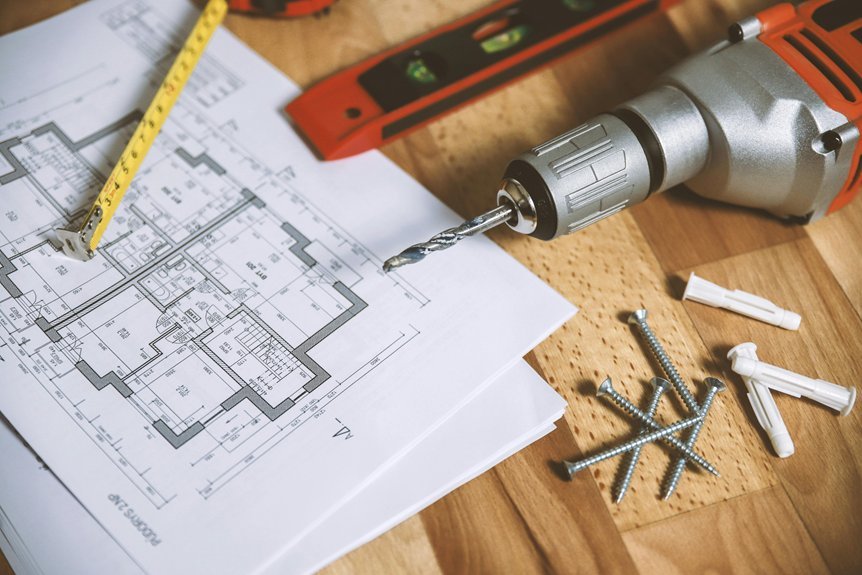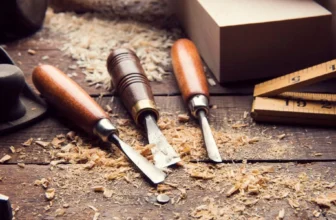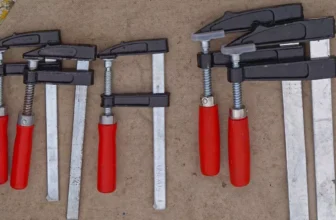
Maintaining your woodworking tools on a budget is both practical and essential for enhancing their lifespan. You don't need to spend a fortune on cleaners or new tools. With a few simple techniques, you can keep your tools in top condition without breaking the bank. From cleaning and oiling to effective sharpening methods, there are cost-effective ways to ensure your tools perform well. Let's explore how you can achieve this without overspending.
Regular Cleaning and Oiling Techniques
To keep your woodworking tools in top shape, regular cleaning and oiling are essential. Start by wiping down your tools after each use to remove dust, resin, and moisture. A soft cloth or brush works wonders for this.
For stubborn grime, use a mild soap solution and a gentle scrub, then dry thoroughly.
Next, oiling your tools is crucial for preventing rust and maintaining functionality. Choose a high-quality mineral oil or tool-specific lubricant. Apply a thin layer to metal surfaces, ensuring even coverage.
Don't forget to oil hinges and moving parts, as this keeps them operating smoothly. Regular maintenance not only extends the life of your tools but also enhances your overall woodworking experience.
Sharpening Tools Effectively
Keeping your woodworking tools sharp is crucial for achieving clean, precise cuts and enhancing your overall efficiency.
Start by investing in a quality sharpening stone or a honing guide. Regularly check your tools for dullness; a quick touch-up can save you time and effort.
For chisels and plane blades, use a coarse stone to remove nicks, then progress to finer grits for a polished edge. If you're working with hand saws, use a file to sharpen the teeth at the correct angle.
Remember to keep your tools clean before sharpening; debris can hinder the process.
Finally, practice consistency in your technique. With regular maintenance, you'll keep your tools in top shape, making your woodworking projects smoother and more enjoyable.
Storage Solutions to Prevent Damage
Proper storage of your woodworking tools is essential to prevent damage and prolong their lifespan.
Start by designating a specific area for your tools, keeping them organized and easily accessible. Use pegboards, shelves, or toolboxes to store items securely and avoid clutter.
For hand tools, consider magnetic strips or wall-mounted racks to prevent them from falling or getting lost. Power tools should be stored in their original cases or dedicated storage containers to protect them from dust and moisture.
Don't forget to keep your tools away from extreme temperatures and humidity.
DIY Repairs and Upgrades for Longevity
Organizing your woodworking tools is just the first step in maintaining their longevity; taking on DIY repairs and upgrades can significantly enhance their performance and lifespan.
Start by sharpening blades and bits regularly. Dull tools not only slow you down but can also lead to damage. If you notice rust, use vinegar or baking soda for effective removal.
For added safety, consider upgrading handles with anti-slip materials or replacing worn-out grips. You might also want to apply lubricants to moving parts to ensure smooth operation.
Finally, consider creating custom jigs to improve accuracy and efficiency in your projects.
Conclusion
By following these simple strategies, you can keep your woodworking tools in top shape without breaking the bank. Regular cleaning and oiling will prevent rust and grime buildup, while effective sharpening ensures your tools perform at their best. With DIY storage solutions, you'll protect your investments and keep everything organized. Plus, tackling repairs and upgrades on your own can extend the life of your tools. Start implementing these tips today and enjoy your woodworking projects even more!
Trending Products














